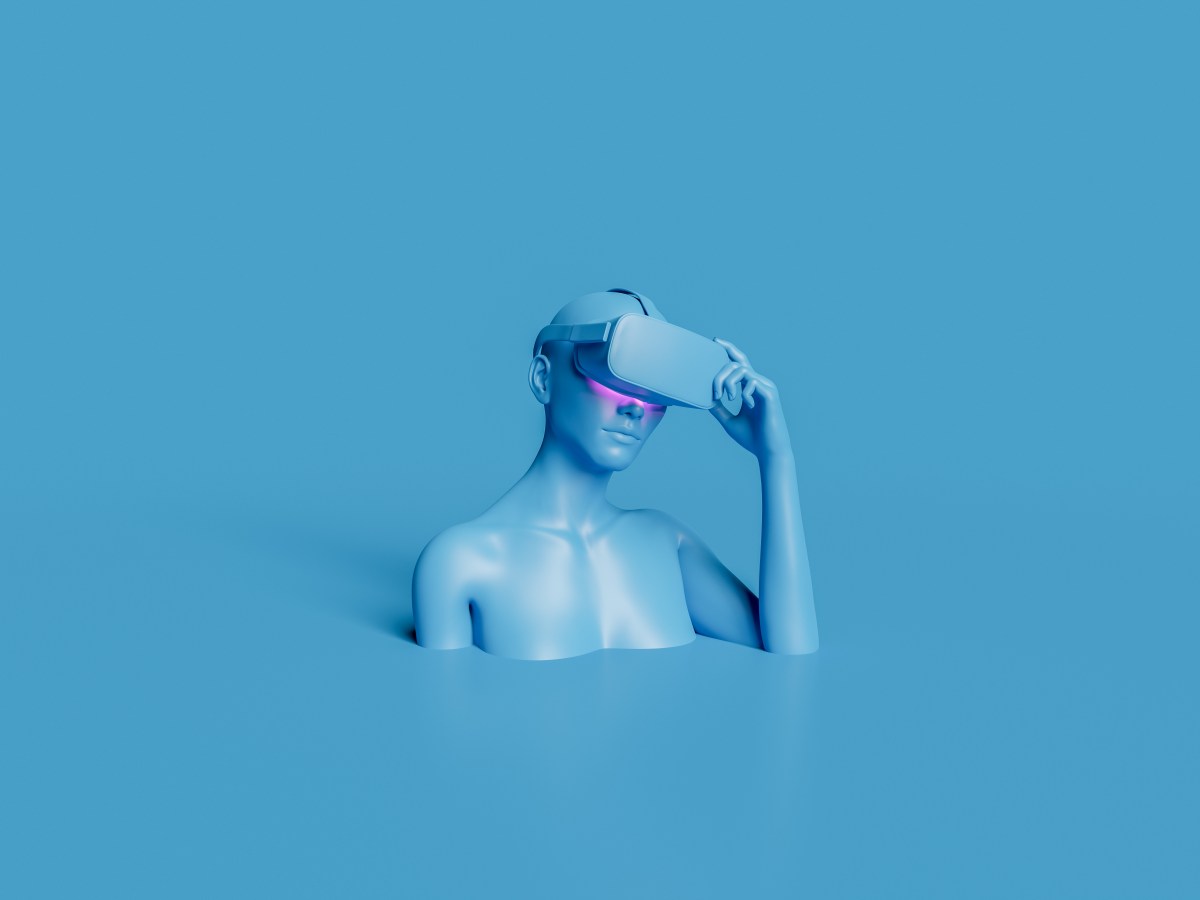Metaverse Learning: While the education and training sector was no stranger to digital technology before Covid-19 and its associated lockdowns, the pandemic certainly accelerated the uptake of e-learning platforms, tools and techniques. Before long, screens replaced classrooms and training, and lessons in two dimensions became the norm.
Maybe it was students’ fifth virtual lesson or their teachers’ 15th, but it didn’t take long for the novelty to wear off before many became tired of interacting with faces on a screen. Screen fatigue – a very real and now common ailment – became a familiar complaint from students in schools and universities to those in corporate training or onboarding staff.
Fortunately, e-learning is evolving with the times and we’re already seeing virtual reality (VR) and metaverse applications being honed for the classroom. Here’s what it might look like.
2D versus 3D
One of the issues with 2D screens is the need to engage with several faces at once, which means people are unable to use body language cues, for example making eye contact, in a meaningful way. Audio is also uni-directional – only one person can speak at a time, and you don’t have the flexibility to navigate this social dynamic, such as having a side conversation with another person. This leads to one or two people dominating the space or a facilitator who tries to bring everyone in, thereby contriving a group dynamic that isn’t organic. Needless to say, it’s not very conducive to learning.
In a VR environment, you can have direct interactions with people using created avatars and their own voice, which creates an authentic and intimate experience. You see with your ears and so the person’s real voice makes the animation feel valid and the connection genuine. Spatial sound is also a game-changer. Spatial sound allows more fluid conversations, which facilitates activities such as brainstorming and workshopping ideas, as well as supports more social elements such as casual conversations between students.
The technology for all this already exists, but it’s the way that we’re developing the experience that’s the exciting part.

Enter metaverse learning
The metaverse is a digital space designed to support VR and augmented reality (AR) applications. Immersion is a key attribute of the metaverse. Not only does immersion give students an experience that might not be accessible by other means – for example because resources are scarce, or the cost of training is prohibitive – it improves their retention of lessons.
One example is the shearing industry. The Shearing Contractors Association Australia noticed an issue with new recruits. The pay was very attractive for apprentices, but once the kids actually started training, many would find the job too difficult and quit. What that meant was that the association was investing time and effort into recruiting, only to end up with very few qualified shearers at the end of the process.
To reduce this churn rate, the association worked with a TAFE college and Rural Industry Skills Training to develop a VR experience that would show apprentice candidates what it was like to work in a shearing shed and experience firsthand the basics of shearing a sheep. From there, these candidates could then determine whether the occupation was worth pursuing, which represented a better return on investment for the shearing sector.
Another example is in the heating, ventilation and air conditioning (HVAC) sector where mistakes can be costly or dangerous. The latest environmentally optimised HVAC units are complex devices, so an AR experience enables students to see inside the machine and visualise the theory of how different gases and mineral states would interact within the actual machine without risk.
The future of metaverse learning
The metaverse already has advocates, leaders and influencers in areas such as gaming, fashion and art but currently the metaverse for learning is not a crowded space for a couple of reasons.
Firstly, there is a perception that VR is expensive because it costs around $700 per headset, however when viewed within the overall training program VR learning is the most cost effective, as well as the most impactful and fastest method for speed to proficiency. A study by PwC found the number of learners determines the cost value. At 375 learners, VR training achieved cost parity with classroom learning, 3,000 learners saw VR training 52% more cost-effective than classroom and at 1,950 learners, it achieved cost parity with e-learning. So, as the uptake of VR and AR increases, the cost of the equipment is set to come down.
Secondly, there are some misconceptions about the metaverse as a gaming space, so highlighting its benefits as a space that supports learning outside of gamification is an important counterargument.
And the benefits are becoming increasingly clear:
- VR and AR learning reduces training time, which reduces costs;
- Compared to in-person learning, it’s very cost effective and offers consistent quality; and
- VR and AR learning reduces screen fatigue and increases knowledge retention.
We expect to see VR/AR learning in the metaverse enter the mainstream within three years; one of Start Beyond’s clients is a major Australian retailer which has recently rolled out 2000 headsets nationwide.
Moves
Companies such as Strivr in the US are already making huge moves in the metaverse for learning area with big clients such as MGM using it to onboard new employees, JetBlue using it for technician training and Walmart training one million workers in customer service using VR. We expect to see it enter the mainstream within three years; In Australia, one of our clients, a retail giant, is rolling out 2,000 headsets nationwide.
In the meantime, organisations that are looking to do more in the metaverse can already add VR and AR elements to existing content to incrementally build their training environment to create a metaverse for learning. This includes moving their 2D assets into the metaverse, where 2D videos play in a 360-degree space alongside 3D content, and using avatars and spatial sound in videoconferencing.
According to the Strategic Market Research Metaverse Market Report, the global market value of the metaverse is set to top US$47 billion this year and grow to more than US$678 billion by 2030, making this an exciting space for the education and training sector. Investing in VR and AR today will offer the students and trainees of tomorrow the best possible learning experience as this emerging technology becomes more prevalent.





